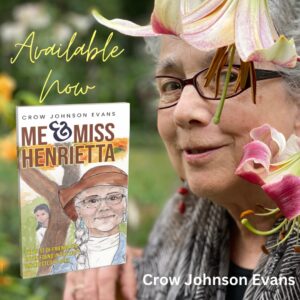Some of you may be following my fascination with learning to draw and paint. The illustration Academy has free sessions and for-pay classes that have provided a valuable community for my journey. John English, the co-founder, is both a celebrated artist and mentor. Here’s our interview.
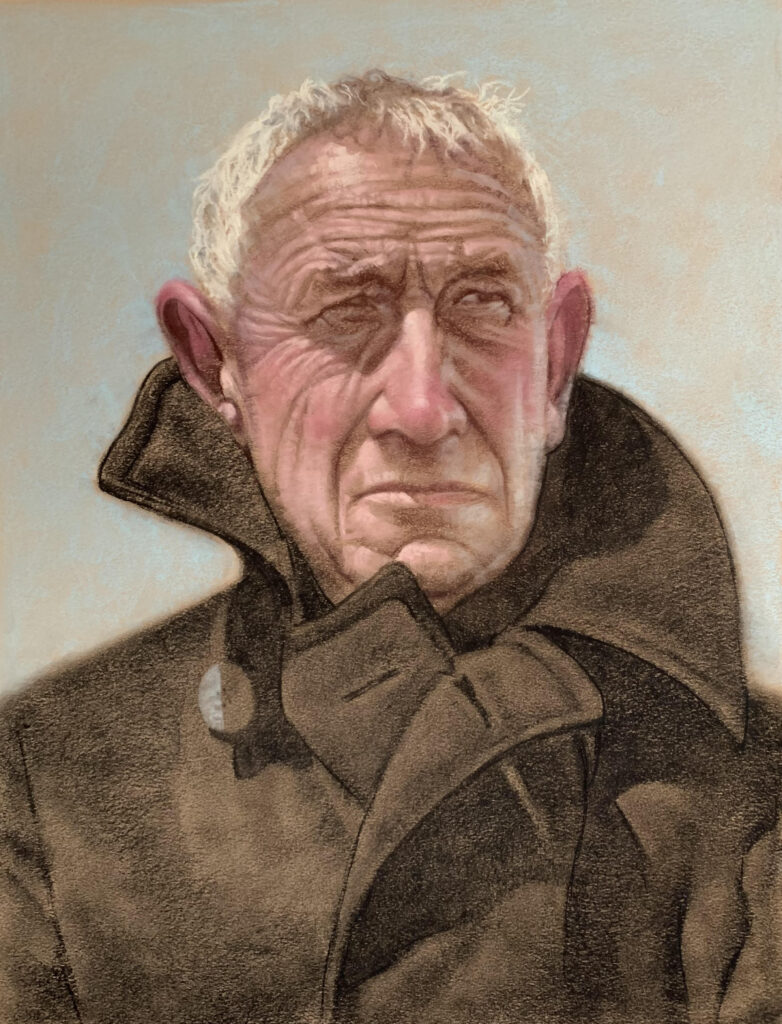
CROW: John your father was an exceptional artist, as my father was a skilled musician and composer. You’ve said that your father discouraged you, as my father discouraged me, from going into the field he knew so well. Both art and music are not easy professions. I’m curious as a beginner, I’ve not been discouraged by you. You do not discourage people.
JOHN: No, if that’s what you want to do it’s credibly important to have encouragement and to give somebody the best opportunity to do it. My father wasn’t sure I wanted to be an artist. Or if I was just a teenager that said it will be cool and I think I’m gonna give it a try. He wanted me to really understand. He saw both sides. He was one of a handful of people that had his level of success. He knew it would be very difficult no matter how much information he gave me. And he probably knew it would be more difficult for me because of the comparison with his skills. My sister couldn’t stand the comparison when she went to art school.
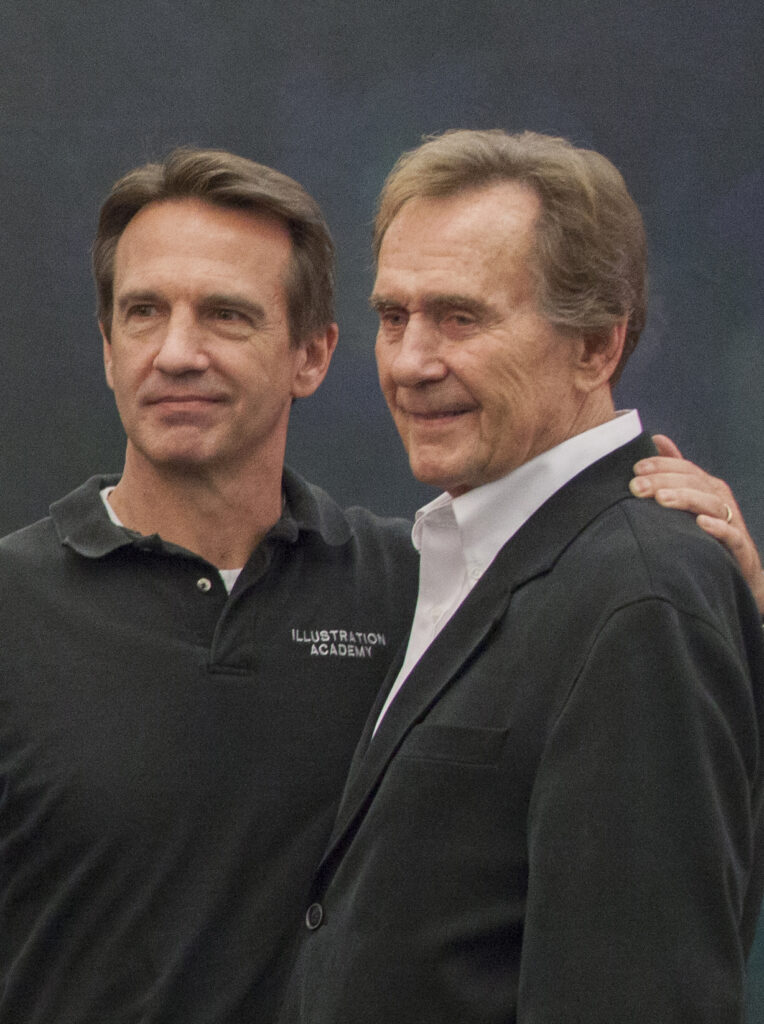
I know I’m put under the spotlight, but not all that often. A couple of times people expected me to be something that I couldn’t be— as a 20-year-old and I think part of it was that I was pretty naïve and headstrong.

Once I committed to it, my dad bought it completely and he was very supportive. He just wanted to see that once I got the reality of it I truly committed. I’m fortunate but I’ve been able to support my family from my artwork. I think that if somebody is really passionate about it the best thing you can do is be supportive.
There was a time period in 2001 when I was going to step away from the Academy. I just couldn’t do it anymore because it was affecting my own career. My friend Sterling Hundley actually went back to all the other instructors and had them write letters telling me that I couldn’t stop. And he said I’m gonna help you. . . whatever it takes.
CROW: You and your dad started The Illustration Academy and how I found out about it was online. I’ve loved it because people with different levels of experience can participate, yet it’s very focused.
JOHN: First of all, the Academy was an actual illustration in-person summer program (in existence since 1995.) We’ve educated students and owners in the industry. It was designed to pick up where traditional education left off. I’m not a big fan of how they teach art or career development for the industry. I’ve always thought that they’ve had reasons for it, but I don’t think they’re going to help you develop a career by staying away from the most important aspects.
CROW: My husband retired from dentistry. In school, he was taught nothing about business and nothing about repairing equipment.
JOHN: (Illustration) is a small business and you have to take care of all aspects of your life. And just as important as drawing and painting is understanding how the business works. When our students leave they know how to prepare a body of work that’s functional for the people they want to work for. A portfolio is a job interview and you have to identify first your audience.
I saw an episode of Inside the Actors Studio with James Lipton interviewing Paul Newman. Paul Newman had denied the invitation to do the show so many times. The first question James Lipton asked was why he’d refused. Paul said he didn’t want to be the person responsible for promoting a career in acting when he knew that most people failed. Paul’s wife asked, “if somebody would’ve told you at 25 not to be an actor, would you listen to them?” and Paul said,” a lot of people told me that.”
The Actors Studio, just like the Illustration Academy, gives people information to get the best opportunity to succeed. Paul’s wife, Joanne Woodward‘s advice and direction was if you can help somebody even if they’re still likely to fail . . . if you could give them the best opportunity don’t you think it’s worthwhile? And he said yeah.
That makes sense to me and I truly think the Academy does that. I mean our commitment our mission is to help you develop from wherever you are. . . help you develop what you want to do.
CROW: I don’t know how long I’ve been following you but it’s wonderful. And I jumped in. . . in my late 70s. . . a point where most people don’t begin new passions.
JOHN: So last night we were drawing and we had a couple of new drawers. One of them was six years old. And Felicity is nine-years-old, she’s been a mainstay with us. She signs her work “Felicity 9”. Next session, she’ll have a birthday and will need to change to “Felicity 10”. I remember being a child and thinking that older is always a good thing. On my next birthday, I’ll be 62, but I don’t want to sign “John English 62” on my work.
CROW: Next week, I think I’ll sign “Auntie Crow 78”. Ha ha
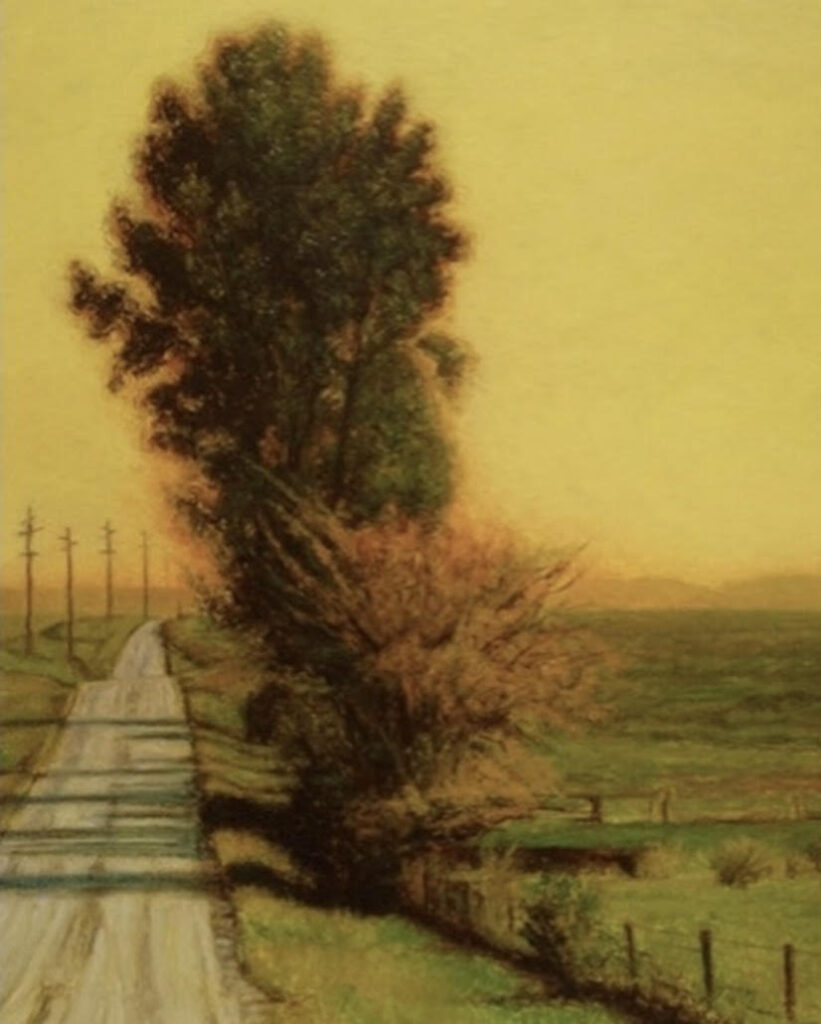
Were you always committed to teaching? or did I know you needed to carry a teaching load as well as pursue your personal work?
JOHN: I think the transition has been very important to me. The first thing is probably the feeling or the accomplishment of seeing people develop. There are so many success stories of people that have come out of our program. Katherine Lam, Dale Stephanos, Sterling Hundley, Vanesa Del Rey, and many more are some of the best people working in the industry.
They’re setting the pace of what happens in the industry and back then they were students saying ”how do I get from where I am to where I want to be?” We’re really good at that.
I think the hardest thing for an artist to understand is to be completely honest with himself and be objective. And again to really figure out what’s gonna make it easier for them to work in the industry and that most of that is knowing about it.
I was like, “am I better off just doing things for me, or am I better off being able to help a lot of people?” and that’s what I said with Sterling, for me do you know in bringing all these artists together in saying, John, this is real and you are kind of the nucleus.
My father was very important in getting it started and then we use a lot of his information and a lot of things he collected from all these really great artists. We put it into very digestible forms for people to understand. I was 32 years old and I didn’t understand why I was bringing all these great artists to teach me and make me better. I also have this thing about art guilt, about not doing enough as an artist to be to push myself to be as good as I think I could be.
I’m about to be 62 and I’ve been hoping each year for the last two years to “start doing a lot more artwork myself.” I feel like I’m in a very good place artistically but I wanna spend the last 20 years of my life so if it takes me to hire more people to do what I’m doing with school I would like to explore that. I still want to have my hand in it and I’m and I’m not gonna do this immediately but sometime within the next few years.
My internal drive is wanting to do something, yes and I saw the effect it had on my father when most of it all the people around him were kind of stepping off. They weren’t engaged with what they spent their whole career doing.
My dad worked his whole life. People were reaching out to him all the time even throughout his so-called retirement which I think he worked hard all the way through.
CROW: What has your lowest point been and how did you find your way out of it?
JOHN: The lowest point in my life was when my son took his life. And I can’t say I’ll ever work my way out of it. I battle a lot of things and I think that maybe that’s why I work every day all day because I’m occupied and it’s good work with a good mission. It’s not just helping people, we are for-profit and we make a bit of money.. but not what it could be.
What we offer is fabulous. A young student can be enrolled in our program for under $4000 a year, while a premiere art & design college can cost over $70,000 annually. And some of the best schools can still leave the students dazed and confused about how the industry works.
CROW: Visual Arts Passage is so much more than a drawing challenge. Having 100+ people online working on the same reference image is thrilling and educational— but the conversation and the camaraderie that is expressed between you and the other instructors are an absolute delight. Each session is like attending a gathering of a unique community of folks.
JOHN: During the pandemic, it was hard to find community. For the original Academy group, we had 13 instructors and 9 students (a terrible business model for making money, but a great experience). We never bet those nine students would continue to communicate with each other but that was 27 years ago. The community formed pretty instantaneously. I mean gather like-minded individuals in the same room with the same parameters. . .
John Foster said, “….I come every year and I know I’m gonna be in the room with the best and they can assess what I’m doing and it’s at the highest level.” the students are going through what the instructors are going through. I really do think you to give somebody the best opportunity.
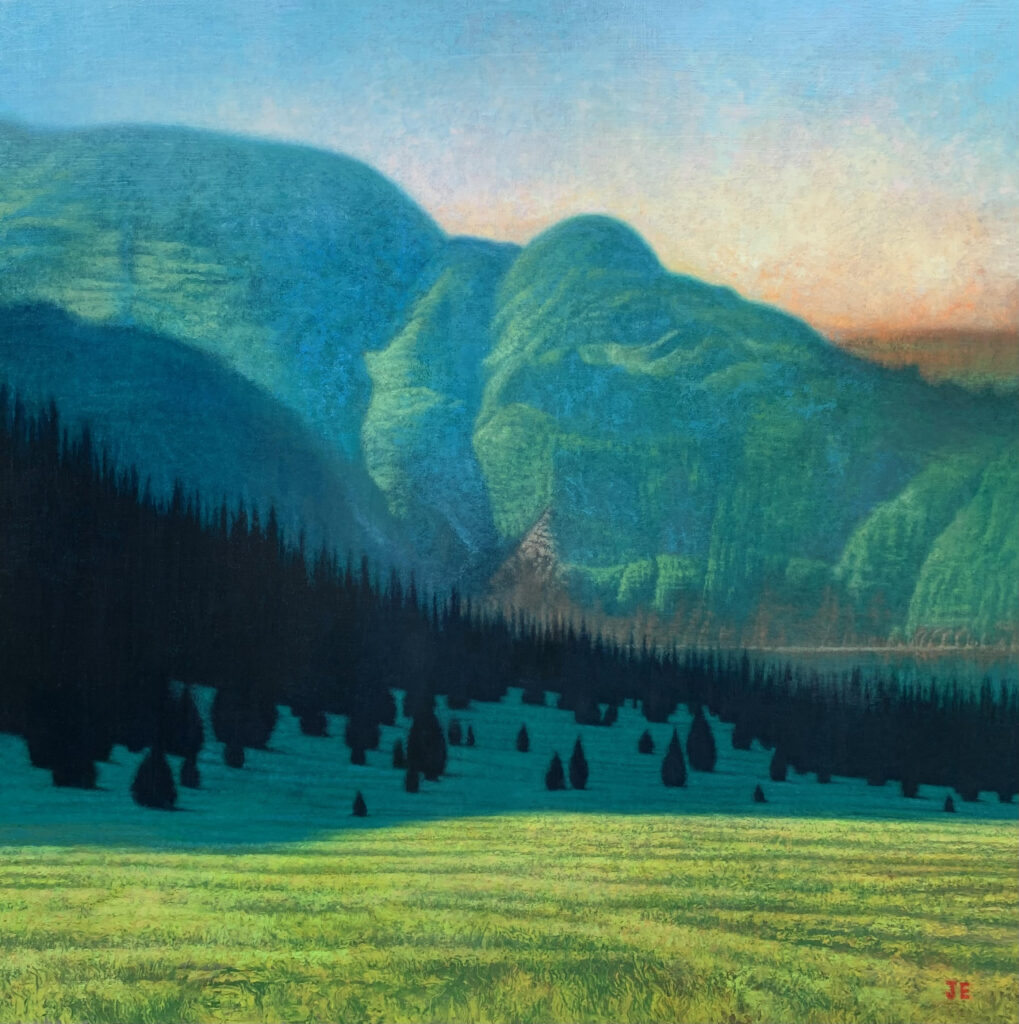
People would ask my father all the time what’s the best way to get started? And he would smile and say, “the fastest time is it”. The quicker you can get started if that’s what you really want to do.
Another thing my dad would say. . .you know you’re teaching people how to do these technical things do, you know, how you use the vocabulary, etc. . . anybody can learn how to copy something. It’s just math and your eyes and hand but, can you do something with it? Don’t forget the main challenge is how to be creative.
CROW: That is part of what makes it so unique for me as it’s an older person to come jumping in as a beginner. It is really a wonderful format, a wonderful conversation, and a community. Thank you.
JOHN: Crow, it makes me feel good I’m looking at what’s behind you. (Your projects are pinned up on the wall). I know I had an influence on some of the things that you’re doing and I see that every day with lots and lots of students. I am allowed to take credit for a lot of things I actually didn’t do. . .
Learn more at https://visualartspassage.com/mentors/john-english/
